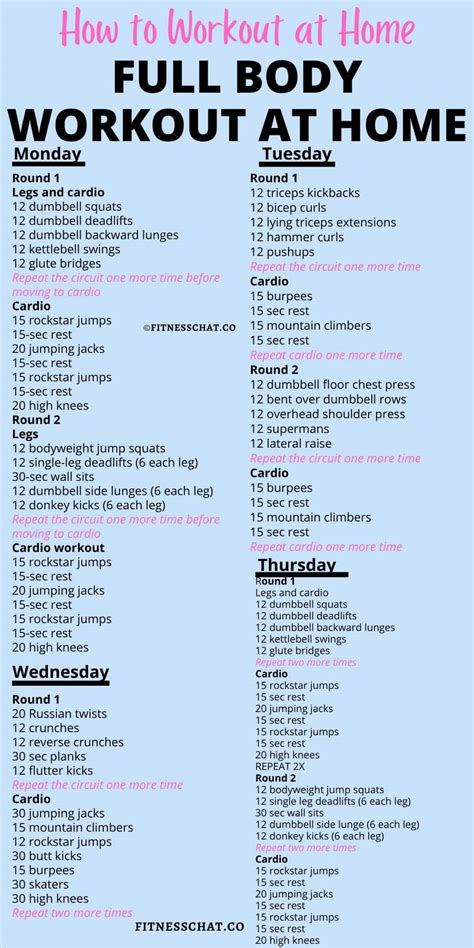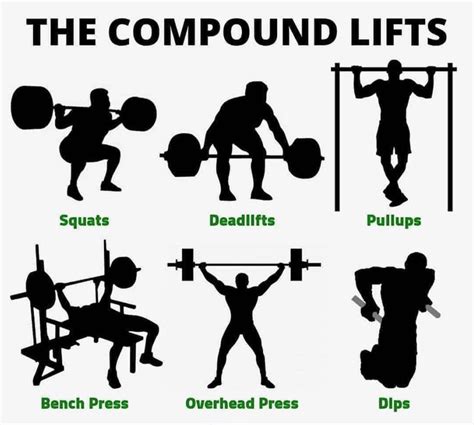Maximize gains: What’s the optimal workout frequency for men’s muscle growth?

The Pursuit of Peak Hypertrophy: Finding Your Frequency Sweet Spot
For men dedicated to building muscle, the question isn’t just how hard you train, but how often. Workout frequency, or the number of times you hit specific muscle groups or the entire body within a given week, is a pivotal variable in the quest for hypertrophy. Striking the right balance is key: too little frequency might mean missed opportunities for growth, while too much can lead to overtraining and stalled progress.
Understanding the science behind muscle growth helps demystify this critical component of your training regimen. Muscle protein synthesis (MPS) is the process by which new muscle proteins are generated, leading to an increase in muscle mass. After a resistance training session, MPS is elevated for 24-48 hours, sometimes longer in beginners. This window represents a prime opportunity for growth, and strategically timing your next workout can capitalize on this.

The Science of Stimulus and Recovery
Optimal muscle growth is not just about tearing down muscle fibers; it’s about the subsequent repair and adaptation process. Each workout provides a stimulus that initiates this process. The goal is to provide enough stimulus to trigger growth without exceeding your body’s capacity to recover and adapt before the next session.
Research generally suggests that hitting each major muscle group two to three times per week is ideal for most men looking to maximize hypertrophy. This frequency allows for repeated spikes in muscle protein synthesis, keeping the growth machinery active more consistently than a once-a-week approach.

Frequency Recommendations by Training Level
- Beginners (0-6 months experience): A full-body routine 2-3 times per week is highly effective. Beginners recover quickly, and their bodies are highly responsive to new stimuli. This frequency allows ample practice of movement patterns and consistent MPS elevation.
- Intermediates (6 months – 2 years experience): Often benefit from 3-4 sessions per week, employing split routines (e.g., upper/lower splits, push/pull/legs) that still target muscle groups 2-3 times weekly. This allows for higher volume per session for specific muscle groups while ensuring adequate recovery for others.
- Advanced (2+ years experience): Can handle more volume and intensity, potentially training 4-6 days a week. Advanced trainees might utilize more complex splits, still often aiming for 2-3 times per week per muscle group, or even higher frequency for specific, lagging body parts, depending on their recovery capabilities and overall program design.

Factors Influencing Your Optimal Frequency
While general guidelines exist, your optimal workout frequency isn’t a one-size-fits-all answer. Several personal factors play a significant role:
- Training Volume: Higher volume per session for a muscle group might necessitate less frequent training for that specific group to allow for recovery.
- Training Intensity: Very high-intensity sessions (e.g., near maximal lifts, training to failure) require longer recovery periods, potentially reducing optimal frequency.
- Recovery Capacity: Sleep quality, nutrition, stress levels, and age all impact your ability to recover. Men with better recovery capabilities can often handle higher frequencies.
- Exercise Selection: Compound movements (squats, deadlifts, bench press) are more systemically taxing than isolation exercises and may require more recovery.

Listening to Your Body and Progressive Overload
Ultimately, the best workout frequency is one that allows you to consistently apply progressive overload – gradually increasing the demands on your muscles over time. If you’re consistently getting stronger, adding reps, or increasing weight, your frequency is likely working.
Conversely, signs of overtraining like persistent fatigue, decreased performance, joint pain, or irritability are strong indicators that you might be training too frequently or with too much volume/intensity for your current recovery capacity. Don’t be afraid to adjust. Periodically, incorporating a deload week can also help manage accumulated fatigue and prepare your body for renewed growth.

Conclusion
For most men seeking to maximize muscle growth, training each major muscle group 2-3 times per week appears to be the sweet spot, moving away from the traditional body-part-split-once-a-week approach. This can be achieved through various program structures, including full-body workouts, upper/lower splits, or push/pull/legs routines.
Experiment, pay attention to your body’s signals, prioritize recovery through nutrition and sleep, and track your progress. By fine-tuning your workout frequency, you’ll be well on your way to unlocking your full potential for muscular gains.








